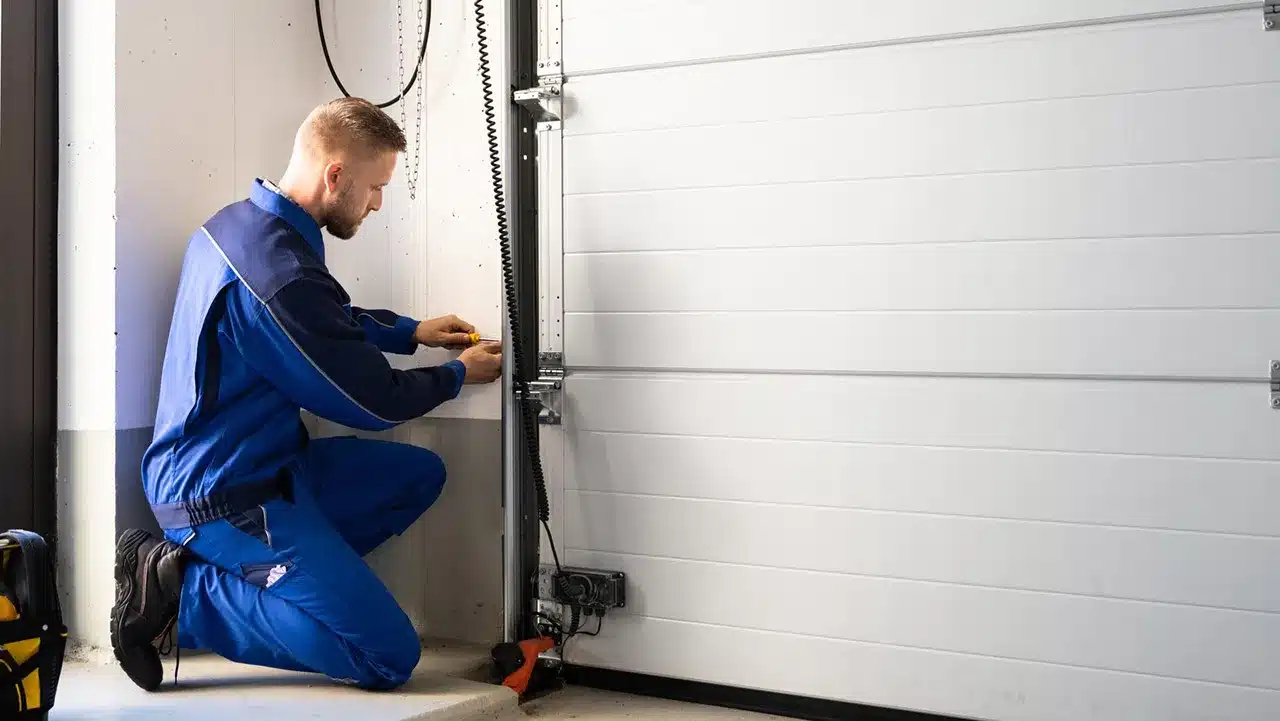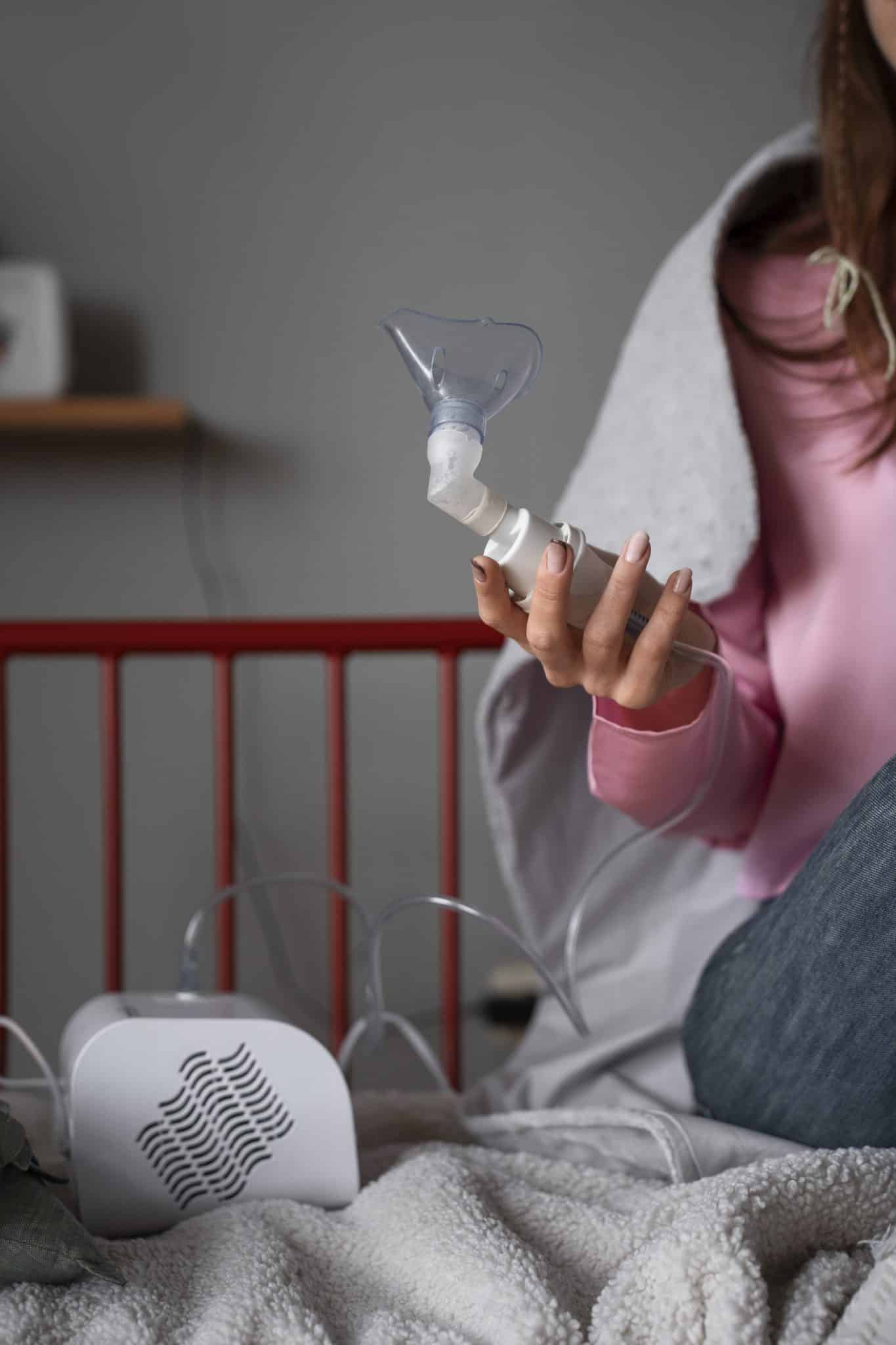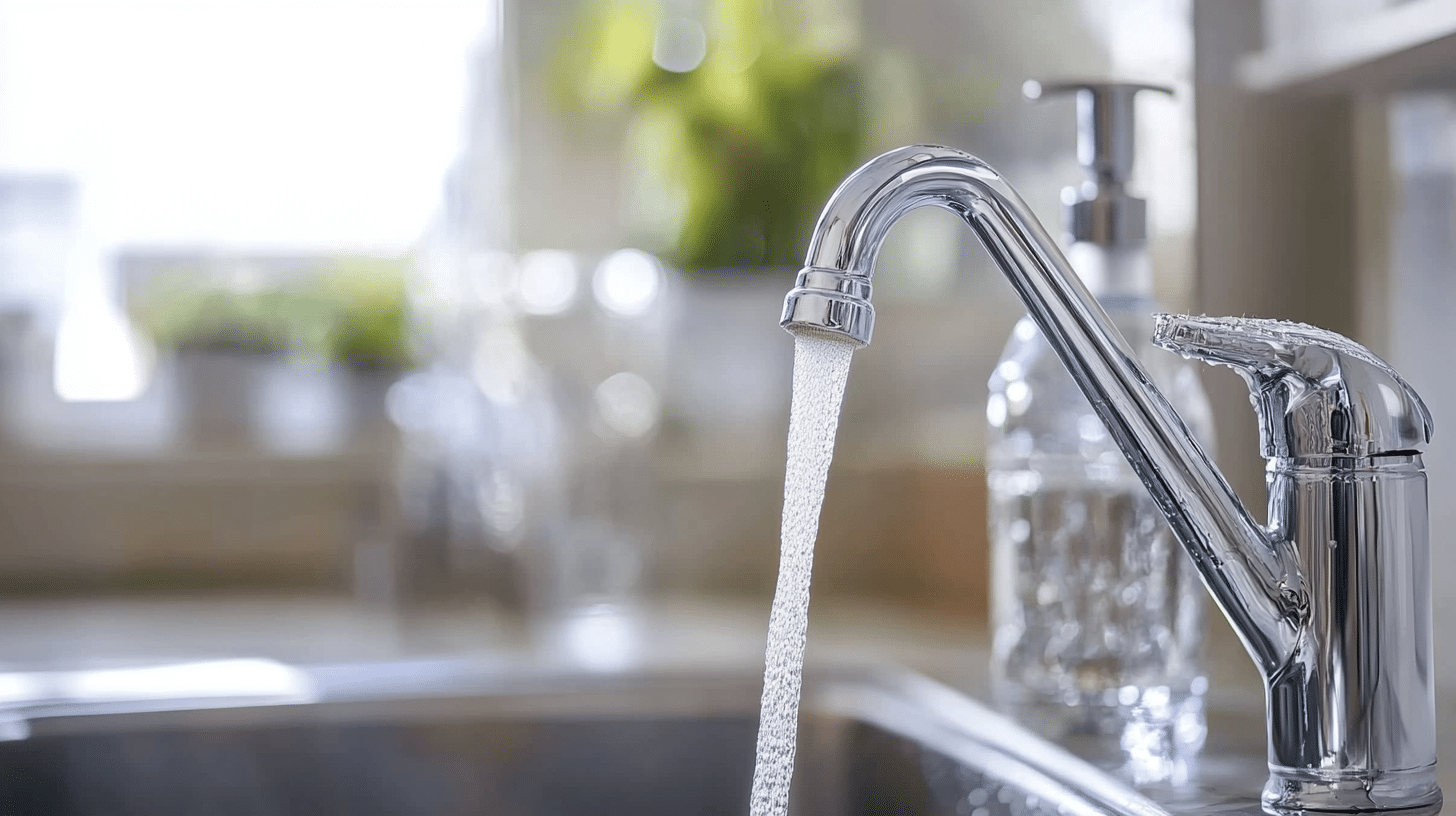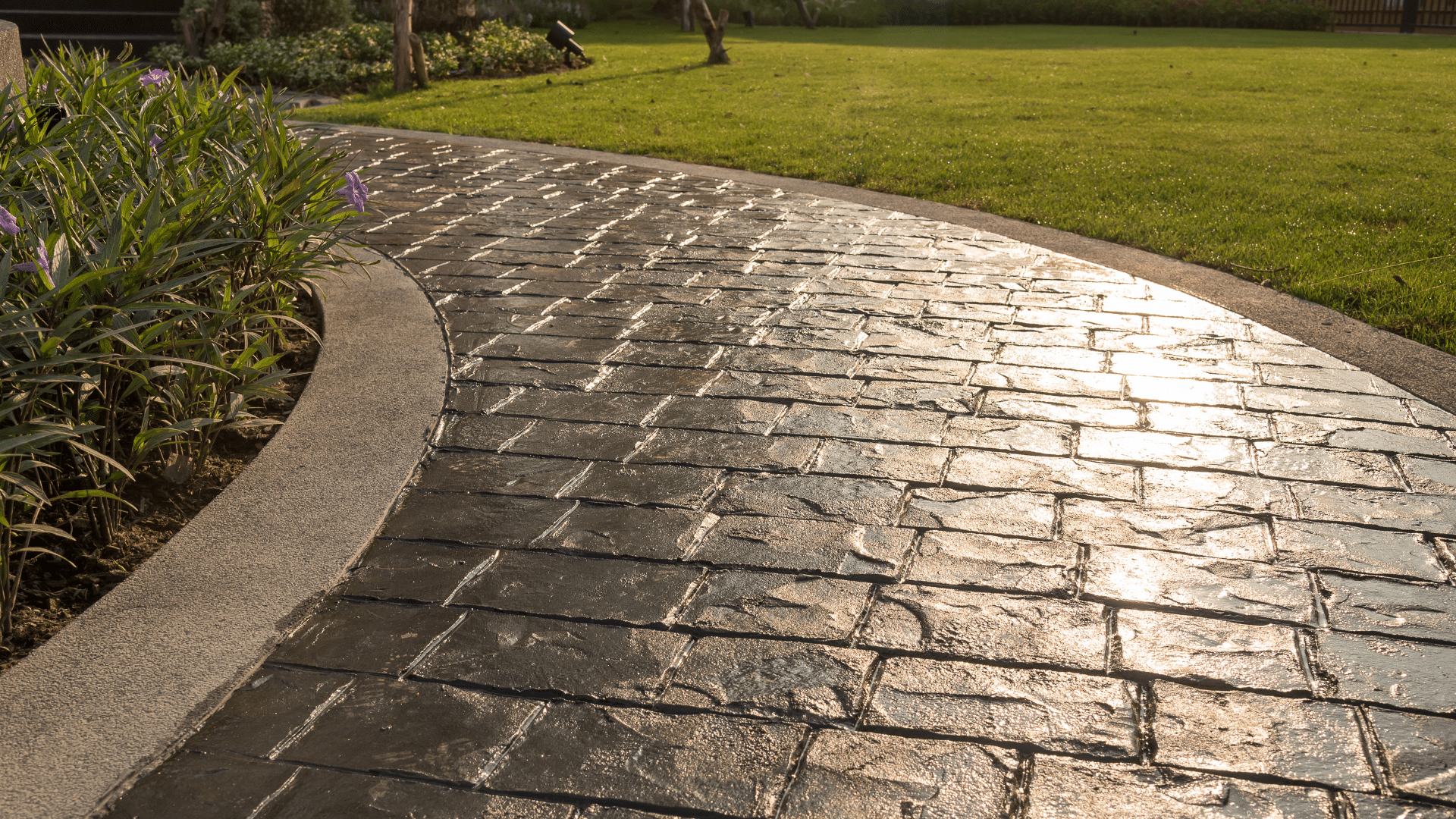Garage Door Safety Inspections: Preventive Maintenance in Oklahoma
Safety inspections play a significant role in ensuring the occupants’—be it in a residential or a commercial building—well-being. In residential properties, however, garage doors are often overlooked.
What homeowners should understand is that leaving a garage door unchecked and unmaintained can jeopardize their family’s safety and security. A faulty garage door can pose significant risks, ranging from serious injuries to property damage.
But that is only one of the many reasons why safety inspection for garage doors is important. In this article, we will explore the importance of routine maintenance, common safety inspection procedures, as well as a few tips on how to keep garage doors working smoothly.
Let us begin.
The Importance of Garage Door Safety Inspection
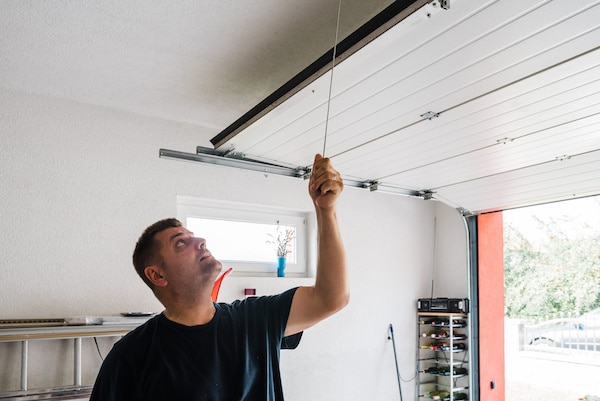
Garage door safety inspection yields a lot of benefits that many homeowners don’t realize until their garage doors stop working or when it causes a serious accident. This is inevitable if you leave it unmaintained, and keep applying temporary DIY fixes that can save you money in the short term.
But that’s often not the case!
Truth is, it should be the opposite. Safety inspections can save you money as they can help you detect potential problems early. Garage doors serve as an entryway and, based on a study published by DASMA, approximately 89% of homeowners in the US use the garage door as their main entryway. And such frequency makes the garage door vulnerable to increased wear and tear.
Faulty garage door parts are expensive. A malfunctioning garage door opener, for example, costs around $250 to $550. Worn-out springs, on one hand, cost around $200 to $300.
Safety inspections allow you and your family to sleep soundly at night, too. Garage doors serve as protection from burglars and miscreants. And a malfunctioning door is an attractive target. Having it examined can help you find any issues and have it fixed right away.
Garage Door Safety Inspection Procedure
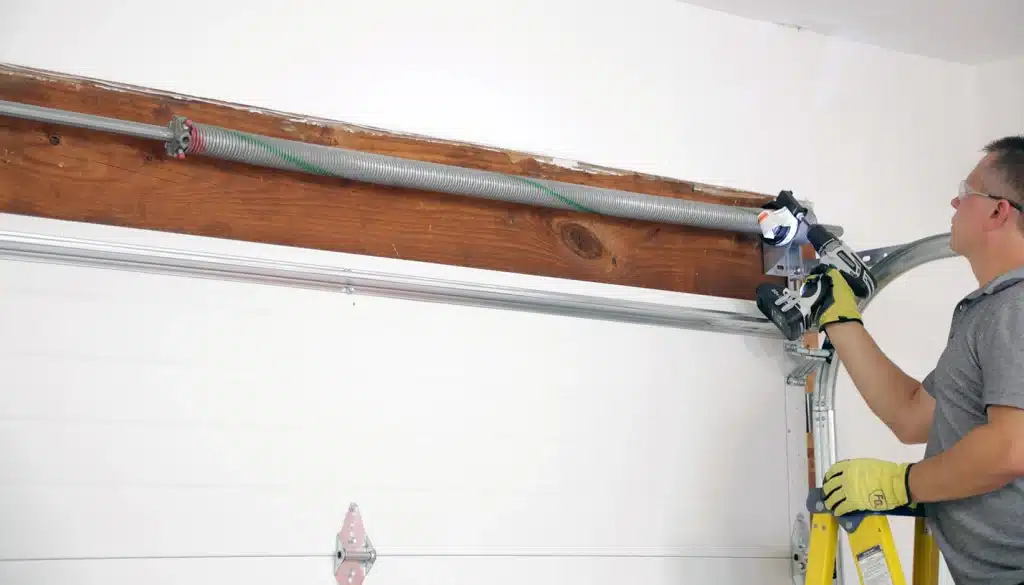
What happens during a garage door safety inspection? A safety inspection is composed of a systematic approach that examines various parts and functionality of a garage door.
Here are the most common repair services that you can do yourself:
Testing Safety Features
Since 1982, a garage door opener has come with an auto-reverse mechanism. It is a safety feature that makes the door automatically go in reverse when it detects nearby objects that may impede its movement.
The system, however, may fail due to misaligned and faulty mechanical parts that, if left unchecked, can cause minor to serious accidents. How do the garage door repair services in Oklahoma usually go about their inspections?
Here is how:
- DASMA. A method introduced by The Door and Access Systems Manufacturing Association (DASMA), the test involves a wood or a plank. The test goes by placing a two-by-four plank on the floor and checking if the door will automatically reverse when in contact with the object.
- Hand Method. As its name suggests, the test uses no object but a hand only. It is done by placing your hand below the door. The door should automatically reverse.
The test should be conducted by a professional only, however, as it may potentially lead to injury if not correctly done.
Assessment of the Door’s Balance
The assessment involves checking the door’s balance, too.
The test is conducted by, first, fully closing the garage door. You can do it by automatically closing it through its opener. On the other hand, you can also do it manually. However, you will need to pull the emergency release cord and disconnect the door from the opener.
Now that you can operate the door manually, lift it and leave it half open. Then, release it.
Examine how the door closes. If it stays in place or slowly moves in an upward and downward motion, the balance is correct. However, if the garage door is easily closed, then there is an issue with its mechanical parts that must be checked and fixed.
Assessment of Tracks and Rollers
Part of the procedure is the examination of rollers and tracks as well. In this procedure, the technician will troubleshoot both parts.
Here is how:
- Inspection and cleaning of tracks. First things first, check the tracks’ condition and see if there is any serious—as well as not-so-serious—damage such as bends, dents, and gaps between the sections. If you find any, take note of the areas as well as the problem and have them checked by a professional garage door technician immediately.
If you find no issues, proceed by cleaning the tracks using a soft cloth. Wipe grease, dust, dirt, and debris you find. Doing so will help keep the door’s movement as smooth as it was when it was first installed.
- Inspection, lubrication, and replacement of rollers. Rollers are the small wheels attached at the bottom of the door that also support the door. Check if it has cracks, flat spots, and other signs of wear and tear.
If you did not find any, lubricate the wheels using silicon-based lubricant. It will keep the rollers’ movement smooth. You may also use oil-based lubricant. However, dust and debris easily stick to it which may require frequent cleaning.
On the other hand, if you feel like the rollers are too worn out to be used due to severe wear and tear, it is best to replace them.
- Inspection of loose hardware. Lastly, check all screws, bolts, and nuts. Tighten any hardware you find loose and make sure that the tracks are correctly positioned.
Assessment of Cables, Drums, & Center Bearing
Another crucial part of the inspection is the assessment of cables, drums, and center bearings. These are three different mechanical parts of a garage door, and each hardware is vital for the overall condition of the garage door.
Here is how to inspect each part:
- Cables. First, check the cables’ length, particularly the ones near the bottom brackets and drums. Then, look for signs of damage like fraying and loose strands. If you find loose strands or fraying in one or two of the cables, it is best to call a professional technician and have them checked.
If all cables are in good condition, on the one hand, straighten all cables and ensure that they do not sag.
- Drums. For the drums, check for signs of wear and tear. Carefully examine the drum’s edges, for instance, and make sure they are free from jagged areas.
On the other hand, if you find cracks in your garage door’s drums, it is best to have them checked immediately. The drums may need to be replaced or repaired.
- Center Bearing. The center bearing is a vital mechanism in a garage door. It supports and facilitates the door’s movement.
When examining the center bearing, look for issues such as burned-out bearings, wear and tear, discoloration, and any visible damage that you think may lead to serious situations if not fixed.
Check the bearing’s smoothness too by rotating it using your hands only. Check if it makes strange sounds like squeaking and grinding sounds.
Is It Better to Call a Professional Garage Door Repair Technician?
It is wise to call a professional garage door technician than to inspect it yourself because they can provide an accurate diagnosis. Aside from having the proper knowledge and experience, they are well familiar with the mechanism of the garage door, which gives them the edge to diagnose even the smallest and unnoticeable issues.
The importance of regular garage door safety inspection goes beyond maintaining the mechanism’s longevity and functionality—it ensures your family’s well-being and security, too. And investing time and money for your family’s safety is never wrong!
This is why safety inspections as such should be an integral part of home maintenance.

